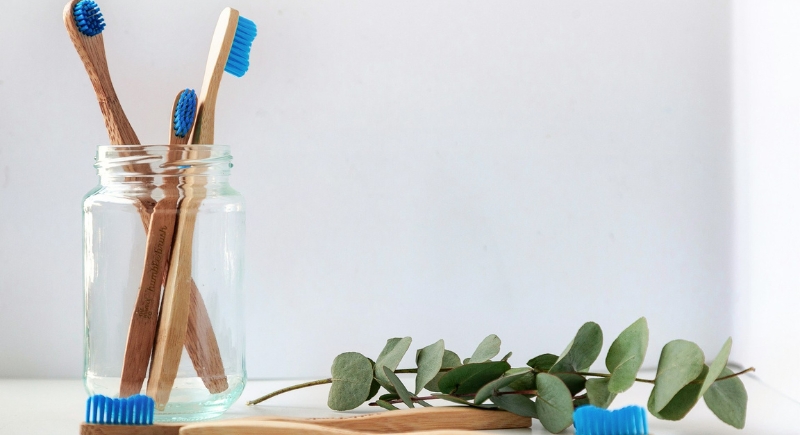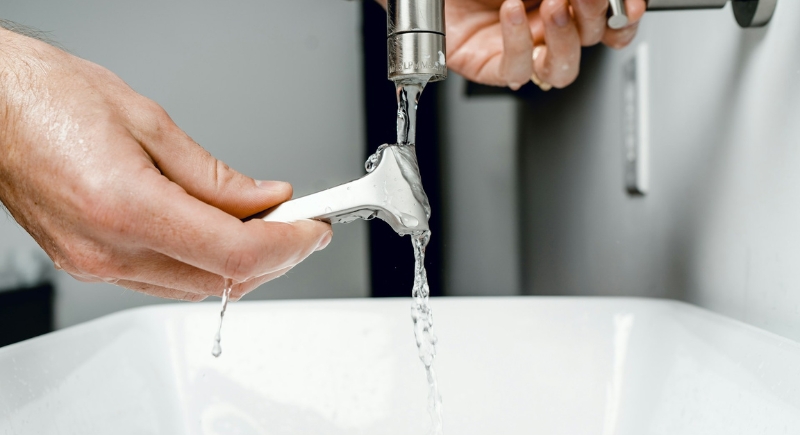Most People Forget to Do This Simple Toothbrush Cleaning Step
A toothbrush is one of those items you touch daily yet barely notice. It lives in the bathroom, does its job, then waits until you grab it again. You use it every morning and night. Afterward, you give it a quick rinse under the tap and call it a day. That seems like enough, right? Meanwhile, it collects an invisible souvenir from every use. The truth is that a quick rinse is probably not cleaning your brush at all.
Why Your Toothbrush Needs More Attention Than You Think

Image via Unsplash/The Humble Co.
A toothbrush works hard against food debris, saliva, plaque, and bacteria every time it hits your mouth. That mix clings to the bristles and handle, and even after a rinse, traces remain. The dampness creates a comfortable hangout for microorganisms. While some may be harmless, others are linked to illness. Bathrooms don’t help the situation because the air carries particles from sinks, showers, and, yes, toilet flushes.
Studies have found thousands of different types of microorganisms living on these “cleaning” devices. While your immune system handles plenty on its own, there’s no reason to give bacteria a better environment to multiply. The good news is that it doesn’t take much effort to keep things under control, as long as you know the right approach.
Don’t Skip This Step

Image via Unsplash/Supply
Experts recommend deep cleaning your toothbrush once a week. The method is surprisingly easy: soak the head in antibacterial mouthwash or a diluted hydrogen peroxide solution for 10–15 minutes, then rinse with warm water and let it dry completely.
Other effective options include a baking soda solution, a white vinegar soak, or denture-cleaning tablets. Each of these breaks down residue and weakens bacterial growth. Just avoid dishwashers, microwaves, or boiling water. High heat generally can warp bristles and shorten the toothbrush’s life.
A quick rinse under hot water before and after brushing will keep daily buildup from getting out of hand. Shake off excess moisture and run a thumb along the bristles to remove trapped water. Store the toothbrush upright, in an open holder, with space between other brushes so they don’t touch. Covered or enclosed storage keeps moisture in, which encourages bacterial growth.
The location matters too. Keep your toothbrush far from the toilet and close the lid before flushing. Regularly wash the holder with soap and water, and wipe down electric brush handles with a damp cloth to prevent mold in small crevices.
If you use an electric model, remove the head before cleaning. Soak it the same way as a manual brush and let it dry separately from the base. Wipe the base daily to prevent grime from building up where the head connects. These small steps keep both the brush and your mouth in better shape.
When to Say Goodbye

Image via Unsplash/Roman Marchenko
Even with a perfect cleaning routine, a toothbrush does not last forever. Experts agree that you should replace your brush about every three to four months because the bristles will start to fray and lose their cleaning power. It is also a good idea to replace your toothbrush after you have been sick to avoid reinfection or passing germs to others.